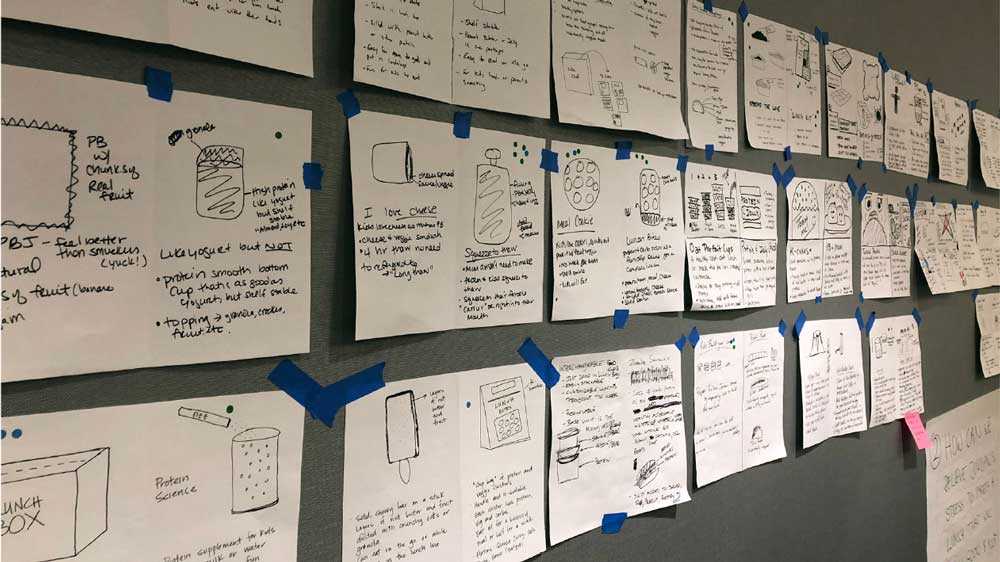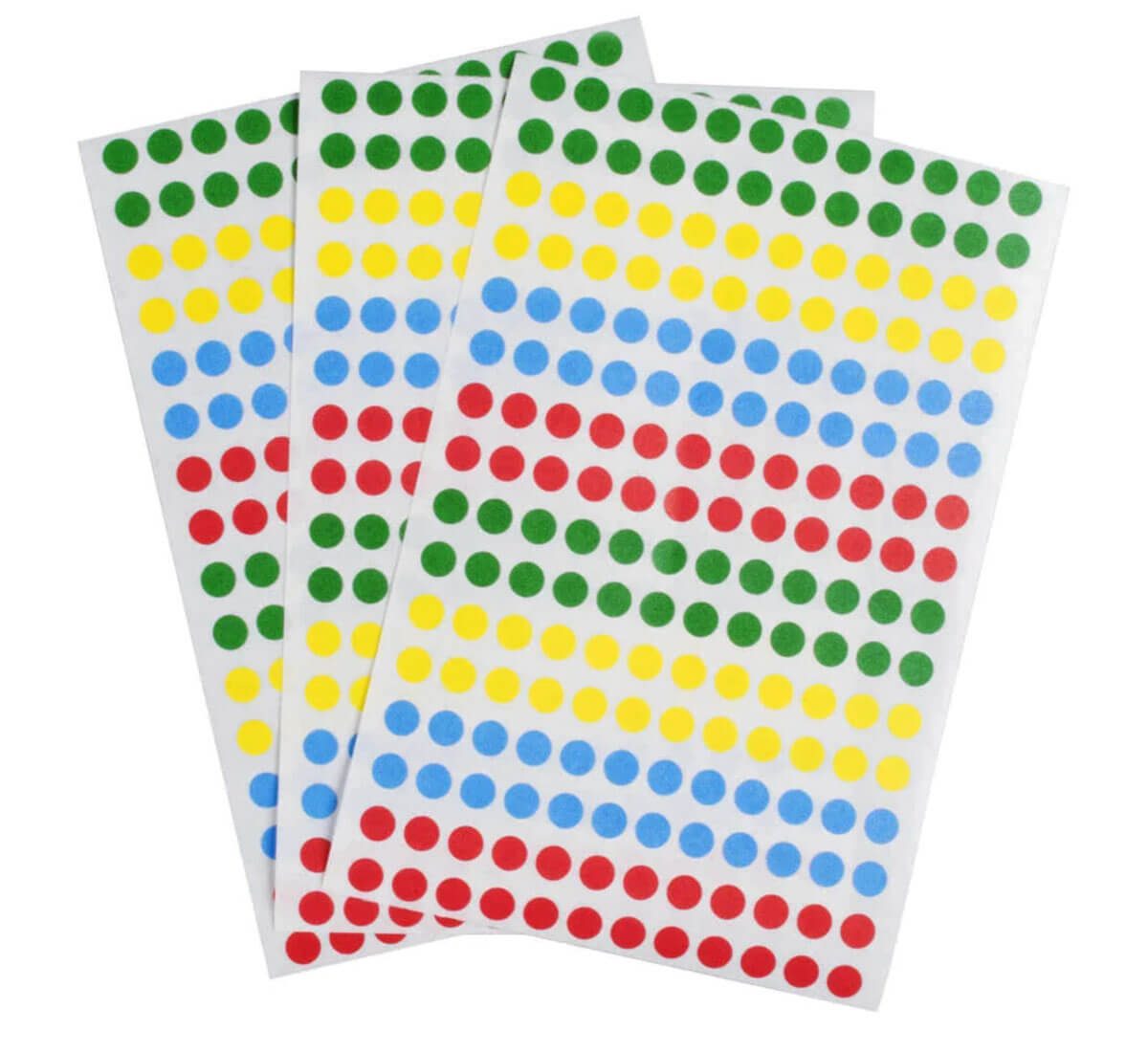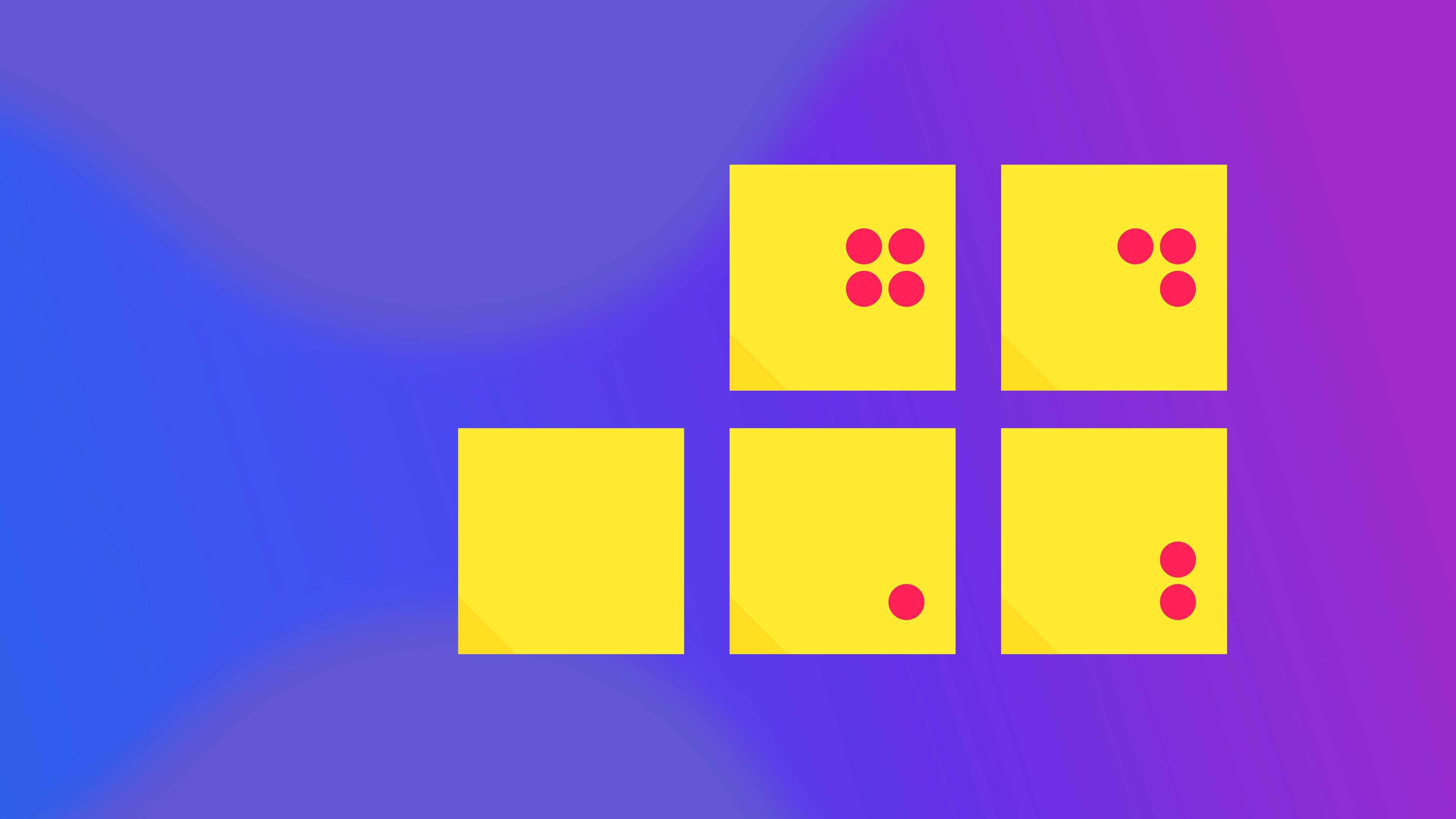In an ideal world the best ideas would always rise to the top. Anyone who’s done group decision-making knows this is isn’t always the case. Often an idea that comes from a high-level executive will carry much more weight than an idea from someone with less power. Take the status of the idea owner out of the equation, however, and hopefully the ideas can speak for themselves. That is the goal of dot voting.
The dot voting method is a long-time UX tool that we use when facilitating, from Inceptions to Google Design Sprints to Retros. Dot voting is a simple way to get to an agreed-upon direction out of a group in a short amount of time. By prioritizing ideas without debate, we’re able to focus our discussions on the solutions that seem most valuable.
The best ideas can come from anywhere, and dot voting helps to ensure that all of your team's ideas are considered on their merits and not on who contributed them.

Have a lot of ideas to consider? Try dot voting to bring some clarity. We commonly use this simple method in product innovation sprints with Tyson Foods Innovation Lab to help sort through and prioritize ideas generated by the team.
What the dot voting process looks like in action
Dot voting often emerges as our tool of choice when we need a group to make decisions quickly and without bias. For instance, in a five-day design sprint, dot voting is essential to day two. That’s the day our ideation process does something we call “diverge.” It is when we push the team to quickly ideate unfettered and as broadly as possible.
See how we incorporate Google Design Sprints into our projects
The team spends time sketching in short bursts in an exercise called “Crazy 8s.” It is a technique where participants spend 8 minutes sketching their ideas on a sheet of paper folded into 8 squares. After several rounds, those sketches are refined into more fleshed out storyboards, or user flows, that the team dot votes on.
Tiny sticky dots in hand, the group spends some quiet time contemplating everyone’s storyboards. Each person gets a set number of dots to vote with, so numerous concepts can have a chance to rank among the top. We specifically instruct teams to keep talking to a minimum during the voting process as to not influence or sell their work. Our goal is to focus on which concepts resonate the strongest, not which voice in the group is the strongest.

How dot voting optimizes simplicity
Often dot voting can feel simplistic, something more appropriate to a kindergarten classroom than a product design and development company. Table XI primarily builds custom software solutions, and here we are guiding your team to use folded paper and pens and sticky notes to develop the next big tech idea.
But it is exactly that simplicity that allows dot voting to keep the barrier of entry low for ideation. Everyone is working on an equal playing field to sketch out ideas and then letting the room decide together, based on the quality of the idea. There is no selling involved in this process, no ego — many experienced “ideas people” like designers, researchers and senior executives are used to selling people on what they think is best. This structure gives every person—and personality type—an equal voice and seat at the table.
Turn your meetings into a dotmocracy
One of the most valuable things your team can take away from a design sprint is not just the solution to a problem, but a more Agile way to manage your meetings going forward. By not bogging things down with the traditional waterfall flow of ideas — high-level individuals create ideas and pass them to the rest of the organization — ideas can come from anywhere. Dot voting democratizes this ideation process.
We work in diverse, Agile teams at Table XI to ensure the things we develop solve a problem for users and translate to success for our clients, without spending the entire budget on the ideation process. Most importantly, we strive to empower our clients to participate in product design and development and hope that they can take some of these simple ideas back to their organizations.
If you’d like to bring dot voting to your organization, reach out to us and we can share our insights!




